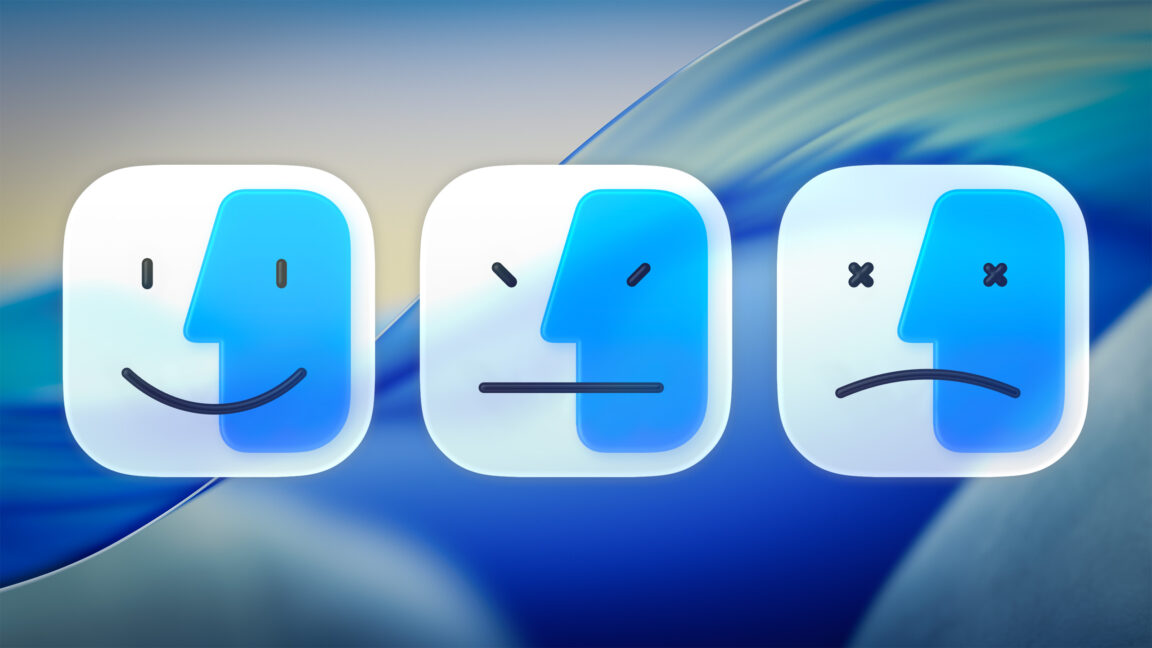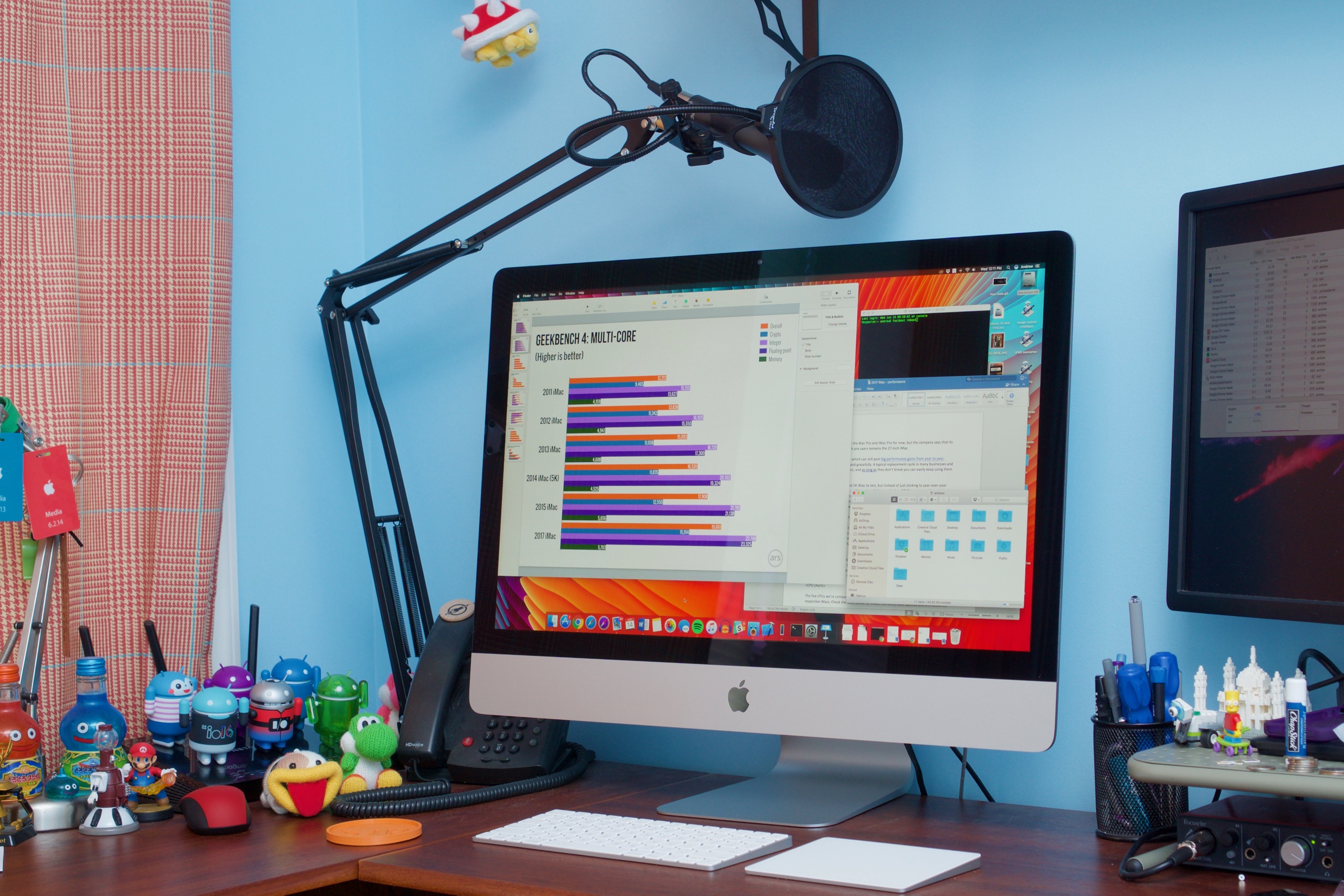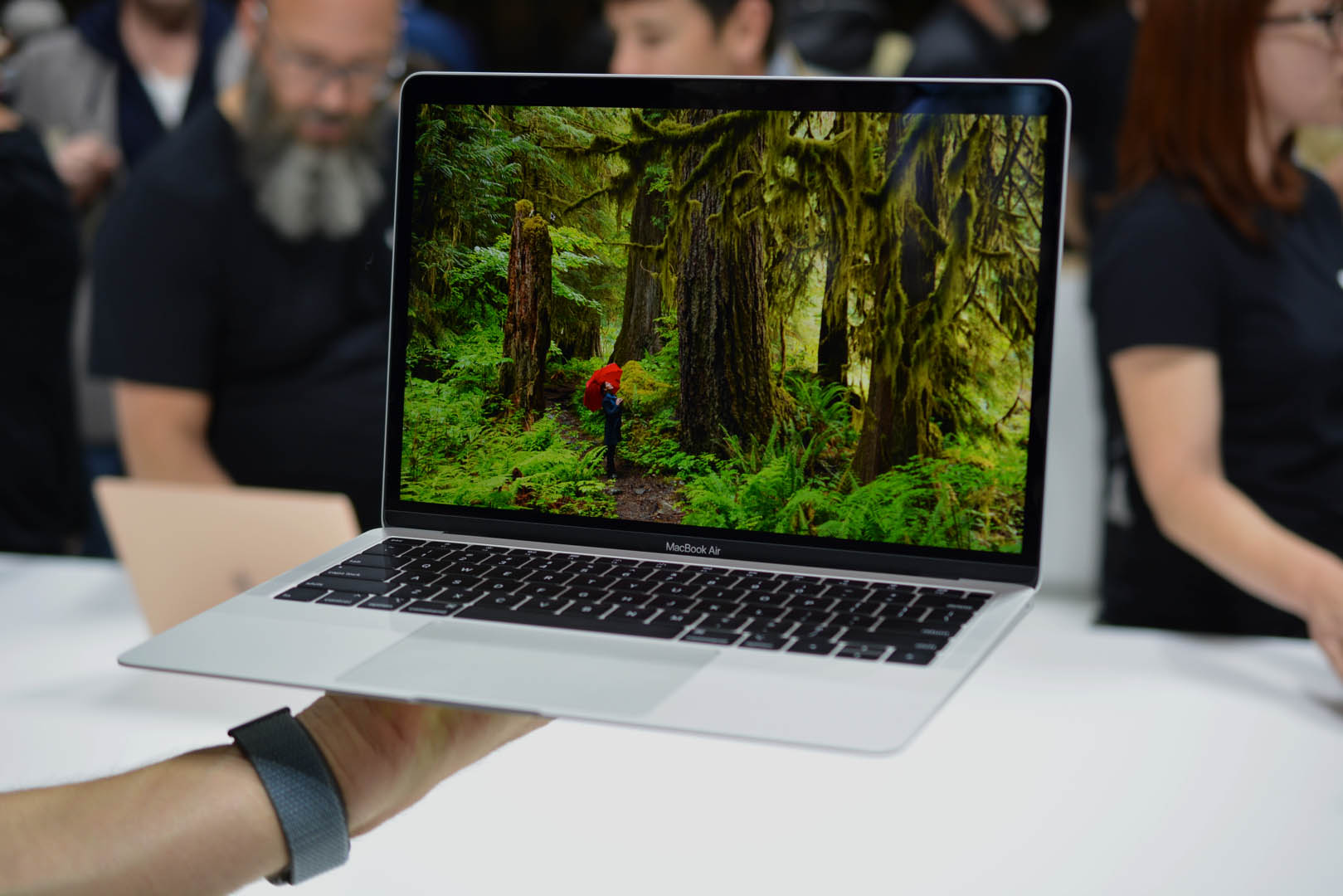
Credit: Aurich Lawson
For the last three years, we've engaged in some in-depth data analysis and tea-leaf reading to answer two questions about Apple's support for older Macs that still use Intel chips.
First, was Apple providing fewer updates and fewer years of software support to Macs based on Intel chips as it worked to transition the entire lineup to its internally developed Apple Silicon? And second, how long could Intel Mac owners reasonably expect to keep getting updates?
The answer to the first question has always been "it depends, but generally yes." And this year, we have a definitive answer to the second question: For the bare handful of Intel Macs it supports, macOS 26 Tahoe will be the final new version of the operating system to support any of Intel's chips.
To its credit, Apple has also clearly spelled this out ahead of time rather than pulling the plug on Intel Macs with no notice. The company has also said that it plans to provide security updates for those Macs for two years after Tahoe is replaced by macOS 27 next year. These Macs aren't getting special treatment—this has been Apple's unspoken, unwritten policy for macOS security updates for decades now—but to look past its usual "we don't comment on our future plans" stance to give people a couple years of predictability is something we've been pushing Apple to do for a long time.
With none of the tea leaf reading left to do, we can now present a fairly definitive look at how Apple has handled the entire Intel transition, compare it to how the PowerPC-to-Intel switch went two decades ago, and predict what it might mean about support for Apple Silicon Macs.
The data
We've assembled an epoch-spanning spreadsheet of every PowerPC or Intel Mac Apple has released since the original iMac kicked off the modern era of Apple back in 1998. On that list, we've recorded the introduction date for each Mac, the discontinuation date (when it was either replaced or taken off the market), the version of macOS it shipped with, and the final version of macOS it officially supported.
For those macOS versions, we've recorded the dates they received their last major point update—these are the feature-adding updates these releases get when they're Apple's latest and greatest version of macOS, as macOS 15 Sequoia is right now. After replacing them, Apple releases security-only patches and Safari browser updates for old macOS versions for another two years after replacing them, so we've also recorded the dates that those Macs would have received their final security update. For Intel Macs that are still receiving updates (versions 13, 14, and 15) and macOS 26 Tahoe, we've extrapolated end-of-support dates based on Apple's past practices.

A 27-inch iMac model. It's still the only Intel Mac without a true Apple Silicon replacement.
Credit: Andrew Cunningham
We're primarily focusing on two time spans: from the date of each Mac's introduction to the date it stopped receiving major macOS updates, and from the date of each Mac's introduction to the date it stopped receiving any updates at all. We consider any Macs inside either of these spans to be actively supported; Macs that are no longer receiving regular updates from Apple will gradually become less secure and less compatible with modern apps as time passes. We measure by years of support rather than number of releases, which controls for Apple's transition to a once-yearly release schedule for macOS back in the early 2010s.
We've also tracked the time between each Mac model's discontinuation and when it stopped receiving updates. This is how Apple determines which products go on its "vintage" and "obsolete" hardware lists, which determine the level of hardware support and the kinds of repairs that the company will provide.
We have lots of detailed charts, but here are some highlights:
- For all Mac models tracked, the average Mac receives about 6.6 years of macOS updates that add new features, plus another two years of security-only updates.
- If you only count the Intel era, the average is around seven years of macOS updates, plus two years of security-only patches.
- Most (though not all) Macs released since 2016 come in lower than either of these averages, indicating that Apple has been less generous to most Intel Macs since the Apple Silicon transition began.
- The three longest-lived Macs are still the mid-2007 15- and 17-inch MacBook Pros, the mid-2010 Mac Pro, and the mid-2007 iMac, which received new macOS updates for around nine years after their introduction (and security updates for around 11 years).
- The shortest-lived Mac is still the late-2008 version of the white MacBook, which received only 2.7 years of new macOS updates and another 3.3 years of security updates from the time it was introduced. (Late PowerPC-era and early Intel-era Macs are all pretty bad by modern standards.)
The charts
If you bought a Mac any time between 2016 and 2020, you're generally settling for fewer years of software updates than you would have gotten in the recent past. If you bought a Mac released in 2020, the tail end of the Intel era when Apple Silicon Macs were around the corner, your reward is the shortest software support window since 2006.
There are outliers in either direction. The sole iMac Pro, introduced in 2017 as Apple tried to regain some of its lost credibility with professional users, will end up with 7.75 years of updates plus another two years of security updates when all is said and done. Buyers of 2018–2020 MacBook Airs and the two-port version of the 2020 13-inch MacBook Pro, however, are treated pretty poorly, getting not quite 5.5 years of updates (plus two years of security patches) on average from the date they were introduced.
That said, most Macs usually end up getting a little over six years of macOS updates and two more years of security updates. If that's a year or two lower than the recent past, it's also not ridiculously far from the historical average.
If there's something to praise here, it's interesting that Apple doesn't seem to treat any of its Macs differently based on how much they cost. Now that we have a complete overview of the Intel era, breaking out the support timelines by model rather than by model year shows that a Mac mini doesn't get dramatically more or less support than an iMac or a Mac Pro, despite costing a fraction of the price. A MacBook Air doesn't receive significantly more or less support than a MacBook Pro.
These are just averages, and some models are lucky while others are not. The no-adjective MacBook that Apple has sold on and off since 2006 is also an outlier, with fewer years of support on average than the other Macs.
If there's one overarching takeaway, it's that you should buy new Macs as close to the date of their introduction as possible if you want to maximize your software support window. Especially for Macs that were sold continuously for years and years—the 2013 and 2019 Mac Pro, the 2018 Mac mini, the non-Retina 2015 MacBook Air that Apple sold some version of for over four years—buying them toward the end of their retail lifecycle means settling for years of fewer updates than you would have gotten if you had waited for the introduction of a new model. And that's true even though Apple's hardware support timelines are all calculated from the date of last availability rather than the date of introduction.
It just puts Mac buyers in a bad spot when Apple isn't prompt with hardware updates, forcing people to either buy something that doesn't fully suit their needs or settle for something older that will last for fewer years.
What should you do with an older Intel Mac?
The big question: If your Intel Mac is still functional but Apple is no longer supporting it, is there anything you can do to keep it both secure and functional?
All late-model Intel Macs officially support Windows 10, but that OS has its own end-of-support date looming in October 2025. Windows 11 can be installed, but only if you bypass its system requirements, which can work well, but it does require additional fiddling when it comes time to install major updates. Consumer-focused Linux distributions like Ubuntu, Mint, or Pop!_OS may work, depending on your hardware, but they come with a steep learning curve for non-technical users. Google's ChromeOS Flex may also work, but ChromeOS is more functionally limited than most other operating systems.
The OpenCore Legacy Patcher provides one possible stay of execution for Mac owners who want to stay on macOS for as long as they can. But it faces two steep uphill climbs in macOS Tahoe. First, as Apple has removed more Intel Macs from the official support list, it has removed more of the underlying code from macOS that is needed to support those Macs and other Macs with similar hardware. This leaves more for the OpenCore Configurator team to have to patch in from older OSes, and this kind of forward-porting can leave hardware and software partly functional or non-functional.
Second, there's the Apple T2 to consider. The Macs with a T2 treat it as a load-bearing co-processor, responsible for crucial operating system functions such as enabling Touch ID, serving as an SSD controller, encoding and decoding videos, communicating with the webcam and built-in microphone, and other operations. But Apple has never opened the T2 up to anyone, and it remains a bit of a black box for both the OpenCore/Hackintosh community and folks who would run Linux-based operating systems like Ubuntu or ChromeOS on that hardware.
The result is that the 2018 and 2019 MacBook Airs that didn't support macOS 15 Sequoia last year never had support for them added to the OpenCore Legacy Patcher because the T2 chip simply won't communicate with OpenCore firmware booted. Some T2 Macs don't have this problem. But if yours does, it's unlikely that anyone will be able to do anything about it, and your software support will end when Apple says it does.
Does any of this mean anything for Apple Silicon Mac support?

Late-model Intel MacBook Airs have fared worse than other Macs in terms of update longevity.
Credit: Valentina Palladino
It will likely be at least two or three years before we know for sure how Apple plans to treat Apple Silicon Macs. Will the company primarily look at specs and technical capabilities, as it did from the late-'90s through to the mid-2010s? Or will Apple mainly stop supporting hardware based on its age, as it has done for more recent Macs and most current iPhones and iPads?
The three models to examine for this purpose are the first ones to shift to Apple Silicon: the M1 versions of the MacBook Air, Mac mini, and 13-inch MacBook Pro, all launched in late 2020. If these Macs are dropped in, say, 2027 or 2028's big macOS release, but other, later M1 Macs like the iMac stay supported, it means Apple is likely sticking to a somewhat arbitrary age-based model, with certain Macs cut off from software updates that they are perfectly capable of running.
But it's our hope that all Apple Silicon Macs have a long life ahead of them. The M2, M3, and M4 have all improved on the M1's performance and other capabilities, but the M1 Macs are much more capable than the Intel ones they supplanted, the M1 was used so widely in various Mac models for so long, and Mac owners can pay so much more for their devices than iPhone and iPad owners. We'd love to see macOS return to the longer-tail software support it provided in the late-'00s and mid-2010s, when models could expect to see seven or eight all-new macOS versions and another two years of security updates afterward.
All signs point to Apple using the launch date of any given piece of hardware as the determining factor for continued software support. But that isn't how it has always been, nor is it how it always has to be.

-
 C114 Communication Network
C114 Communication Network -
 Communication Home
Communication Home


